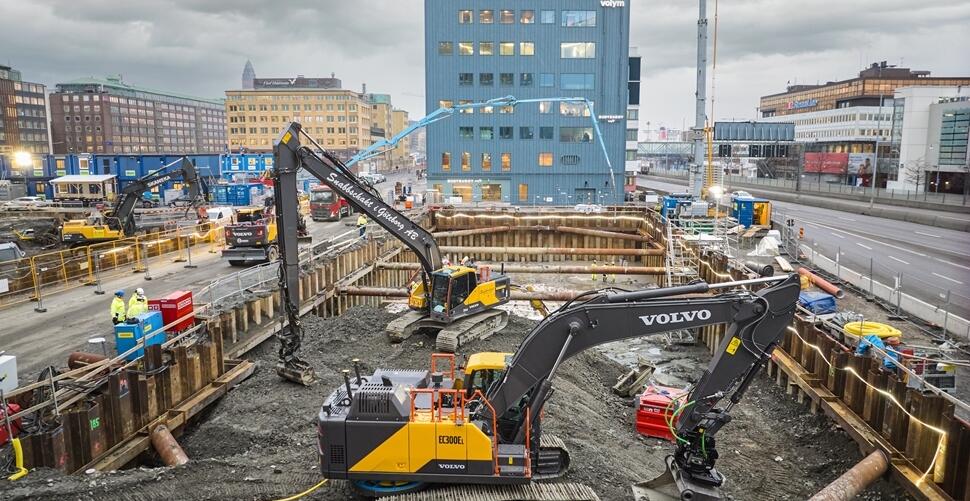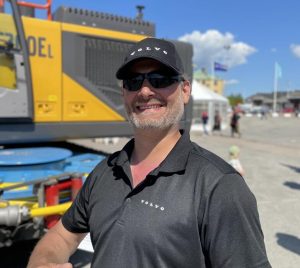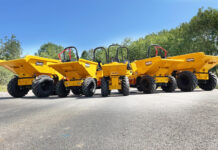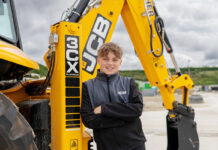
Electric construction machines equal diesel machines in performance – with the added advantage of zero exhaust emissions and a better working environment. What is more, the conditions to support a smooth transition to electric construction sites and emission-free contracting are now here. This is confirmed by a multi-partner study, “Electric Worksite”, which has mapped the infrastructure needs for electric machines through testing at real-life worksites in Gothenburg, Sweden.
Societies today are transforming towards more sustainable city planning. Fossil-fuel free construction plays a major part in accelerating that shift and making progress towards national and global climate, environment, and air quality goals. The electrification of the construction sector will greatly contribute to a reduction in greenhouse gas emissions, noise pollution, and other harmful emissions, ensuring it plays a central role in sustainable community building.
In parallel with rising demand for emission free construction contracting and a growing market for electric machines, the need for collaboration between all players across the value chain is also increasing to ensure the infrastructure is up to par for the change. This puts new demands on the energy supply and electrical system, among other areas.
Collaboration and competence to accelerate the shift
The goal of the Electric Worksite project was for several players across the supply chain to come together to gain an important understanding of the opportunities and needs when putting to work electric equipment in urban applications. The project, which recently presented its final results, has had a clear focus on the system perspective, testing electric machines, energy storage and charging infrastructure in different urban sites to clarify the varied needs across interconnected technical and organizational systems.
The tests were carried out in real-life construction sites with electric-powered wheeled and crawler excavators, wheel loaders and load carriers, weighing between 3.5-30 tons. Some of which were both battery-powered and others cable-connected. The study concluded that all tests have been successful, with the main learnings being:
- Electric construction machines can perform the same work to the same standard as fossil-fueled variants in urban construction projects.
- Workers in and around electric machines experience several positive effects in the handling of machines and the working environment.
- Like most construction projects in general, the success of electrification is based on foresight, planning, and flexibility.
- New requirements for power supply are solved based on machine type and available electricity – such as electrical cabinets, mobile charging stations, cable-connected machines and potentially also energy storage units.
- End customers need to be made aware of new opportunities and challenges with electric machines, as well as of existing business conditions and contracting requirements towards contractors and subcontractors.
Volvo CE is one of the collaborators which has played a key role in the research project, by project managing the tests and providing electric machines in various sizes and models, as well as technical solutions for charging such as mobile energy storage and cable management systems.

“Electric machines are already available on the market and performing well, but the challenge can often be how to establish a reliable supporting infrastructure. This project confirmed that when all actors in the value chain around a construction site collaborate, both from the public and the private sector, we solve the infrastructure around it. In all tests, regardless of application and location, the electric machines performed as well as, if not better than, equivalent models with combustion engines, but without harmful emissions and disturbing noise”, said Bobbie Frank, research leader at Volvo CE.






